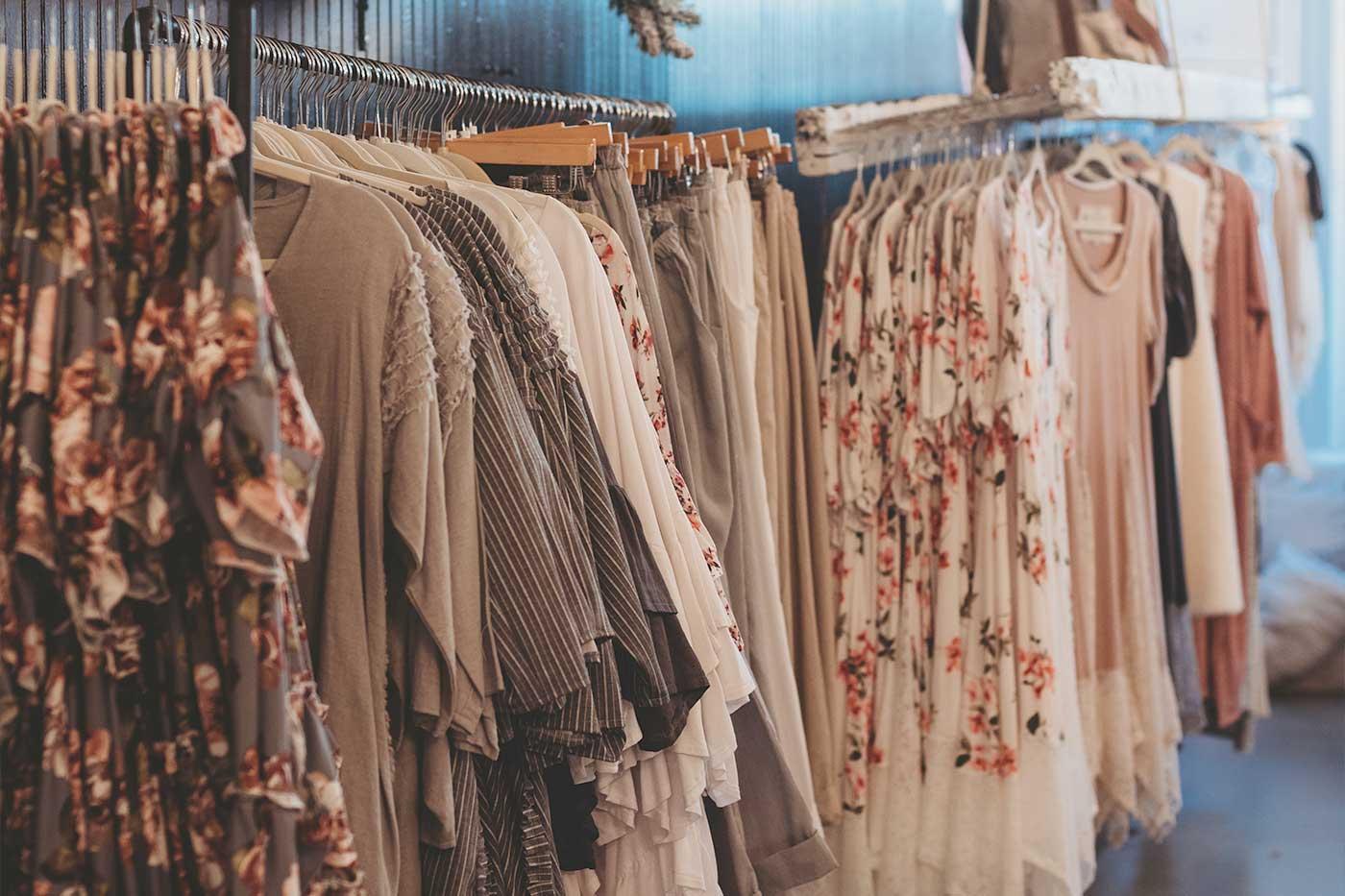A Beginner's Guide to Browsing the Boutique Fashion Scene
A Beginner's Guide to Browsing the Boutique Fashion Scene
Blog Article
Checking Out the Advancement and Effect of Clothing on Modern Style Trends
The development of garments has dramatically influenced contemporary fashion trends, merging historic criteria with sophisticated technologies. Legendary figures like Coco Chanel and Yves Saint Laurent transformed the fashion industry by presenting principles that focus on comfort and ease of access, which continue to reverberate today.
Historic Fashion Influencers
In the tapestry of fashion background, certain numbers have left an enduring mark, forming the patterns and designs that define entire periods. Coco Chanel, a cutting edge designer, redefined females's fashion by introducing comfy, stylish apparel that departed from limiting corsets.
Elsa Schiaparelli is one more crucial figure, renowned for her progressive designs that integrated surrealist art, collaborating with Salvador Dalí to produce whimsical items that challenged traditional looks. Her innovative use shade and vibrant patterns reverberates in contemporary fashion. Yves Saint Laurent, at the same time, democratized haute couture with prêt-à-porter collections, bringing path designs to the masses and setting a precedent for contemporary ready-to-wear lines.
These dreamers, to name a few, not just revolutionized fashion in their times however additionally established enduring trends that resonate in today's style sector, providing a foundation upon which contemporary developers proceed to build and innovate. Their legacies highlight the relevance of creativity and daring in vogue's ever-evolving narrative.
Technological Improvements in vogue
In the middle of the vibrant landscape of the garment industry, technical advancements stand at the forefront of advancement, improving just how developers create and customers engage with fashion. The assimilation of 3D printing has actually revolutionized design procedures, enabling developers to experiment with complex frameworks and sustainable products that were formerly impossible. This modern technology promotes quick prototyping, lowering waste and speeding up production times.

Smart fabrics, embedding modern technology into materials, are additionally changing the industry. Technologies like self-cleaning and temperature-regulating textiles offer improved capability and comfort. Wearable innovation, including features like health and fitness tracking and interaction, includes a new dimension to style, combining looks with practicality.
Social Changes and Design
As technological developments continue to reshape the fashion market, cultural shifts are similarly influential, redefining style and consumer preferences. Recently, the rise of social networks platforms has sped up the dissemination of global fashion trends, enabling varied social impacts to coexist and merge. This electronic interconnectivity has actually facilitated the rapid exchange of concepts, bring about an extra inclusive and eclectic analysis of design that shows the multifaceted nature of modern culture.
Social recognition and admiration have prompted designers to draw motivation from a broader spectrum of ethnic and historical contexts, integrating traditional concepts with modern aesthetics. This blend has why not try this out resulted in style that resonates with a wider target market, advertising a sense of identification and belonging across different demographics. In addition, the enhancing need for customization has driven brands to supply adjustable options, making it possible for customers to express originality while showing their social heritage.
Additionally, shifting social values have actually impacted style, with inclusivity and diversity coming to be central motifs. The sector has actually started to accept versions and influencers of different body types, ethnic cultures, and gender identifications, challenging standard charm criteria. This improvement underscores the power of social shifts fit the future of style, as style comes to be a more genuine expression of personal and cumulative identity.
Sustainability and Modern Style
While the style sector proceeds to advance, the crucial for sustainability has actually come to be significantly immediate, affecting modern-day style methods. The surge of sluggish fashion, which highlights high quality over quantity, encourages consumers to spend in classic items instead than short-term patterns.
Moreover, contemporary style is defined by its development in reducing waste and promoting circularity. Strategies such as zero-waste pattern cutting and 3D knitting are obtaining grip, enabling designers to create garments with minimal textile wastefulness. In addition, brands are embracing transparent supply chains, guaranteeing responsibility and fostering consumer trust fund. This approach not just minimizes ecological effect but additionally boosts the social obligation of fashion residences.

Future Trends in vogue
Sustainability will certainly remain to be a driving force in forming future fashion trends. The industry is significantly embracing environment-friendly materials and moral production methods, reacting to a growing customer demand for liable practices. Innovations such as bio-fabricated products and closed-loop recycling systems are established to redefine how apparel is created and eaten, decreasing ecological effect while maintaining style and top quality.
Cultural changes, including the surge of inclusivity and diversity, will certainly likewise play a pivotal function. As culture ends up being extra familiar with social concerns, fashion is expected to come to be a platform for expression and modification. Developers will likely concentrate on producing collections that mirror a wider series of identities and experiences, promoting representation and availability.
Conclusion
The development of apparel significantly affects modern-day fashion trends, where historical impacts combine with modern layouts. Secret figures like Coco Chanel and Yves view Saint Laurent have actually redefined design, while technological advancements such as 3D printing and clever fabrics expand innovative opportunities. Social shifts towards inclusivity and sustainability force brand names to take on ethical practices and embrace variety. This recurring advancement underscores fashion's function as a mirror to social worths and technical innovation, recommending a future abundant with innovation and inclusivity.
The development of clothes has substantially influenced modern style fads, combining historical precedents with cutting-edge technologies.Among the vibrant landscape of the fashion industry, technological innovations stand at the leading edge of advancement, reshaping how developers produce and consumers involve with style.While the fashion sector proceeds to develop, the necessary for sustainability has become progressively urgent, affecting contemporary design techniques. As sustainability ends up being embedded in modern-day style, it paves the method for a more liable and mindful fashion industry.
The advancement of clothes significantly influences modern style trends, where historic influences combine with contemporary styles.
Report this page